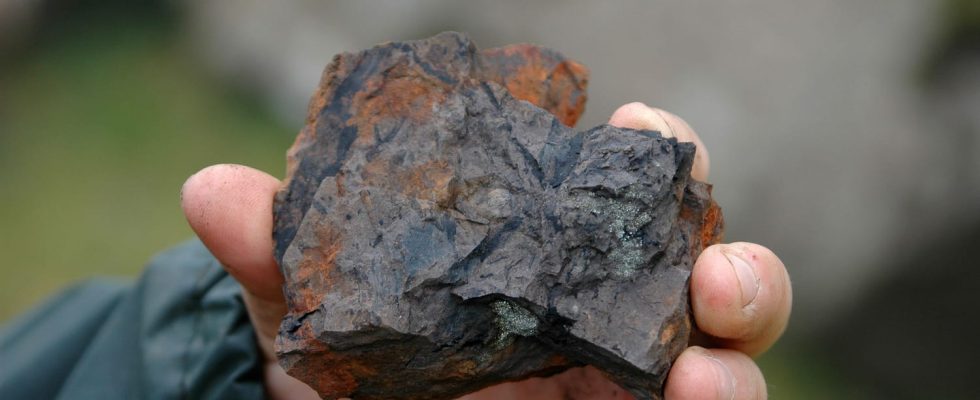By finding a very heavy rock in a park, this man believed he had an enormous nugget of gold. What he discovered is even more valuable…
Treasures are not only found in fairy tales or ancient legends. In our own gardens, stones much more precious than gold could be hidden, as proven by incredible recent discoveries around the world but also in France.
In 2015, Australian David Hole, armed with a metal detector, made a stunning discovery in Maryborough Regional Park, near Melbourne: an extremely heavy, reddish rock, which he immediately took for a huge gold nugget. ‘gold. The region was explored during the gold rush of the 19th century and was reputed to be home to real treasure.
Once the rock is brought home, David will try to open it with various tools, including a jackhammer, but he will never succeed! He will then decide to present it to the Melbourne Science Museum for identification. That’s when geologists realized this rock wasn’t what Hole thought it was. Indeed, it turned out to be a rare meteorite, called the “Maryborough meteorite”. 4.6 billion years old and weighing approximately 17 kilos, this meteorite belongs to the category of “ordinary H5 chondrites” and contains chondrules, tiny crystallized droplets of metallic minerals.
And this case is not isolated. In France, a resident of Cher discovered a stone approximately 4.5 billion years old, weighing 714 grams, after the fall of a meteorite in her garden, in September 2023. This discovery, accompanied by fascinating testimonies, aroused considerable interest, especially since it was only the third meteorite found in France since the start of the 21st century.
These discoveries highlight the scientific importance of these celestial stones. Meteorites offer a window into our solar system’s distant past, providing clues about its age, formation and chemistry, researchers say. Some even contain “stardust” older than the solar system. Enough to offer valuable insight into star formation.
The scientific value of such a meteorite is inestimable, but it can also be worth a lot of money. The price per gram of an unclassified chondrite is estimated at a few cents. For an ordinary chondrite, we go between 0.2 and 0.5 euros per gram. But prices can quickly climb depending on the type of meteorite, ranging from 200 to 300 euros per gram for a lunar meteorite and even 10,000 to 15,000 for a single gram of Martian meteorite! The most expensive meteorite, discovered more than 20 years ago in Funkang in China, was estimated at 1.5 million euros. A stone much more precious than gold therefore.
The Maryborough meteorite case and other stories like it remind all rock and gardening enthusiasts to keep their eyes open. THE Vigie-Ciel scientific project, even explains how to look for meteorites. The next time you find an unusually heavy stone in your garden, definitely try to guess where it came from. You might hold a piece of cosmic history.
